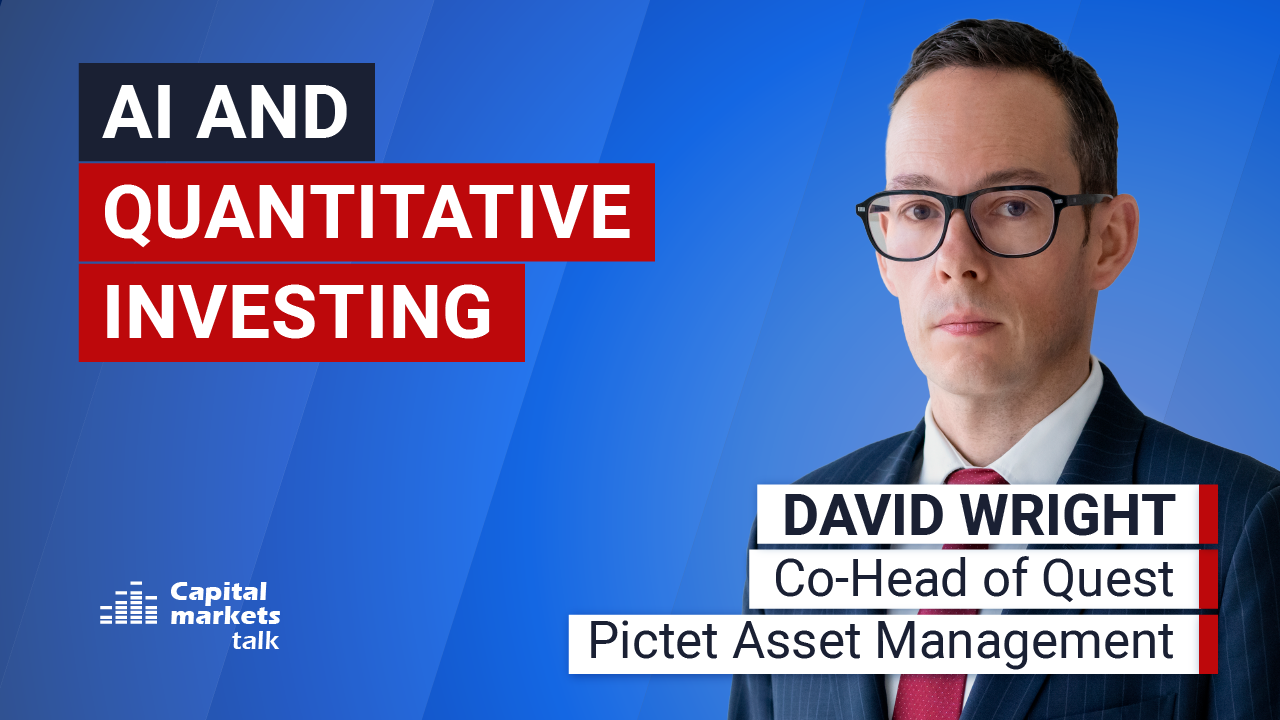The second half of 2023 presents a scenario where optimistic market projections for a soft landing clash with more conservative forecasts that anticipate a recession. Faced with this, ClearBridge Investments emphasises the distinct advantages of investing in infrastructure assets, highlighting their defensive nature relative to equities and their potential for long-term capital growth compared to bonds.
“Broadly, our definition of infrastructure has two buckets: regulated assets and user-pays assets. For regulated assets, such as water, electric, gas…a regulator determines the revenues that a company should earn on their assets, and revenues typically reflect the size of the company’s asset base, its cost of capital, its operating expenditures, and taxes, and an allowance for the capital depreciation of its assets,” writes Shane Hurst, Portfolio Manager at ClearBridge Investments.
Subsequently, Hurst further informs that user-pays assets, including toll roads and communication towers, rely on pricing and volume, often dictated by long-term contracts and economic activity. As economies grow, the demand for user-paying assets tends to increase, contributing to predictable revenue streams.
Meanwhile, ClearBridge opines that one of the key benefits of investing in infrastructure is earnings stability and certainty. According to the asset manager, over the past two decades, infrastructure assets have demonstrated remarkable resilience, with minimal instances of negative year-over-year earnings growth. This stability is particularly evident in regulated utilities and user-paying assets due to their predictable pricing and steady demand.
In terms of earnings forecasts, Hurst informs that utilities exhibit greater predictability compared to general equities. This is because there is less discrepancy among sell-side analysts’ projections for utilities, whereas user-pays assets show a slightly wider range of forecast differences due to the less predictable volume component. Nevertheless, both infrastructure categories outperform general equities in forecast reliability, he added.
“In times of economic stress, then, infrastructure assets in listed markets should provide defensive exposure. The compound effect of this defensive exposure in down markets, coupled with appropriate upside participation, especially from the GDP-dependent user-pays assets, has enabled infrastructure to achieve attractive total returns historically,” said ClearBridge.
However, the asset manager points out the importance of assessing the quality of an infrastructure company’s assets, as well as the regulatory and contractual frameworks governing them.
Read the full insight here.
Read more

Columbia Threadneedle Investments
What’s next for the US in 2025?
US equities remain attractive despite high valuations, but rising government debt could pose a threat to bond markets.

Quant Investing
AI and quantitative investing
Artificial intelligence applications go way beyond stock selection.

Schroders
Looking ahead: 30-year return forecasts
Higher returns are expected across asset classes, driven by stronger productivity growth for equities and elevated long-term central bank rate projections for bonds.

Bellevue Asset Management
Demographics and AI drive MedTech stocks
MedTech investment case: What makes it attractive, which trends stand out?





















